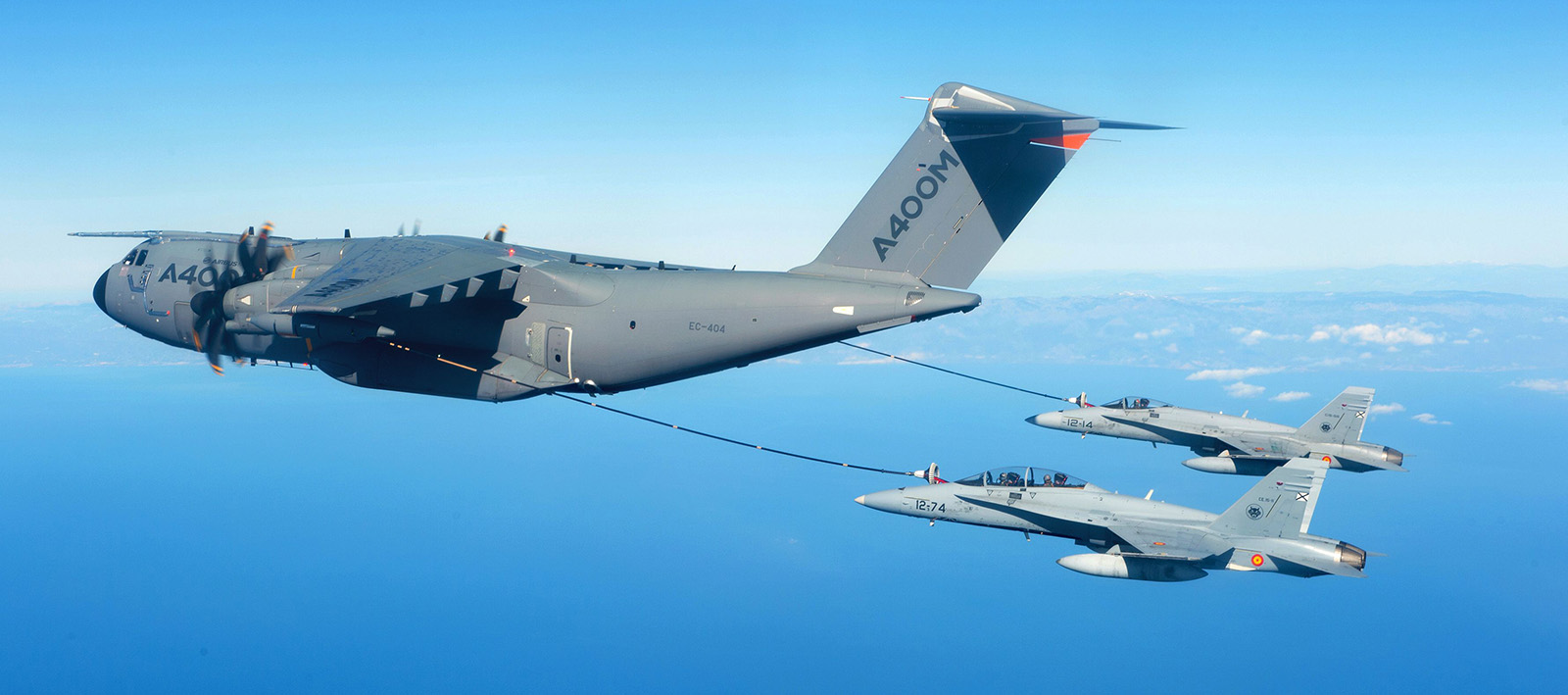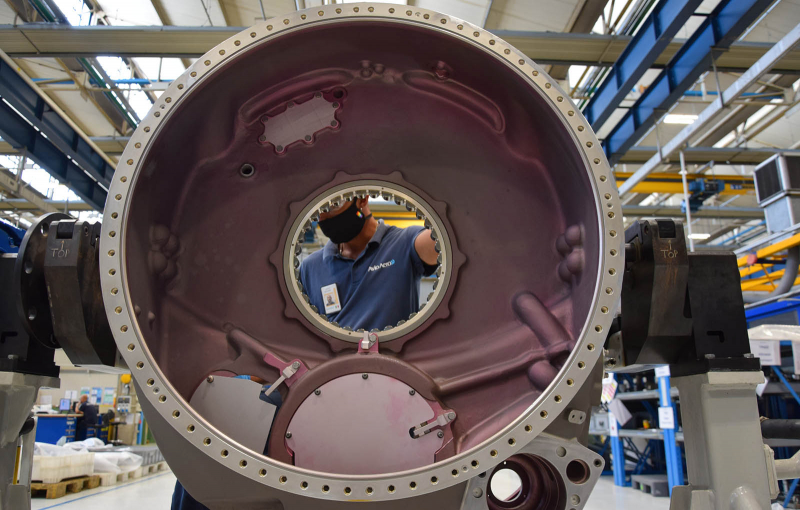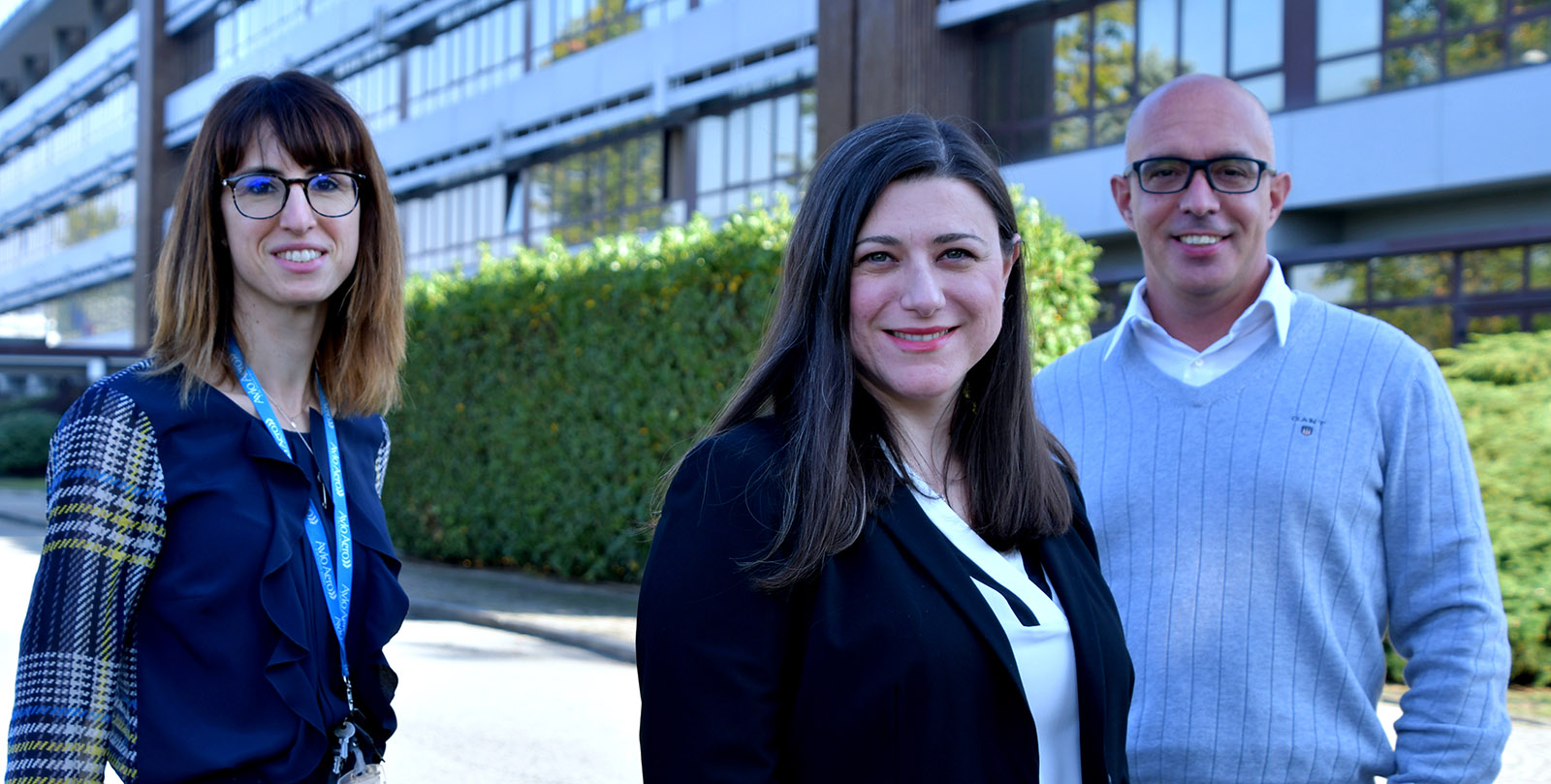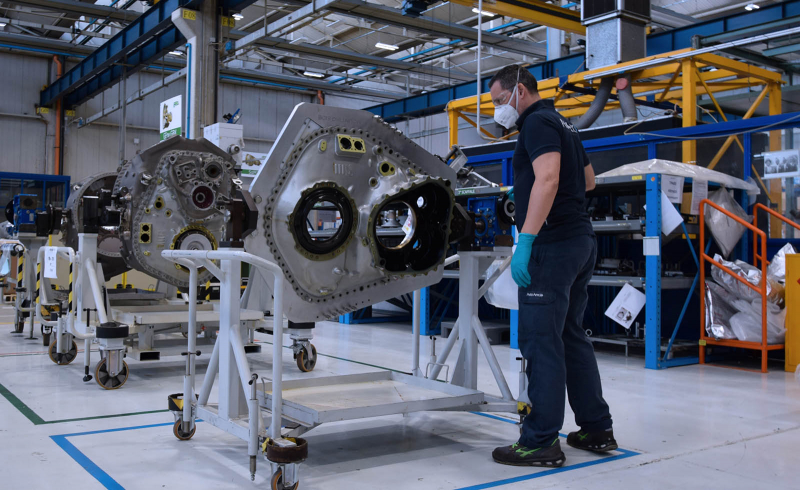Aviation
Evolution of Power
The TP400 engine’s power gearbox for A400M military aircraft seen through the optimization and design upgrade that enhanced performance, weight, and reliability.
Oct 2021
The speed with which the A400M by Airbus - the advanced military transport aircraft for tactical, strategic, and humanitarian missions - is changing the rules and service levels for some of the world’s air forces is simply astonishing.
The project, with its highly innovative technological scope, began in the early 2000s. The first flight took place in 2009 and the first prototype, delivered in 2013, officially entered into service with the French Armée de l’Air a few months later. From the outset, the governments of Belgium, France, Germany, the United Kingdom, Spain, and Turkey embraced the project, with Malaysia and, most recently, Kazakhstan, later joining this list.
This giant of the skies has not only proved tactically crucial for many nations - just think about its European deployment during the Covid health emergency and its humanitarian use during recent events in Afghanistan - but it is also the most capable military transport aircraft currently in service. It can carry up to 37 tons of cargo and has an impressive internal useful space on board, at 17.7 m long, 4 m wide and maximum height. Up to 116 paratroopers can jump from this aircraft using both the side and tail hatches.
In addition, the A400M is capable to perform air to air refueling both from its wings and through a centre-line under the belly. It can match preferred speeds and altitudes of all probe-equipped military aircraft and has successfully completed tests to refuel even helicopters in-flight. These structural characteristics are supported by the power and performance of its four TP400 engines produced by Europrop International, for which Avio Aero designs and produces the power gearbox (PGB), which performs the key task of transferring power from the engine to the propeller, while reducing rotation speed.
A few months ago, the delivery of the 100th aircraft was celebrated, while more than 500 engines have been produced. “The PGB is an enabling technology for an engine of this type,” explains Maria Giuseppina Motta, Program Director of Avio Aero. “The TP400 is the most powerful turboprop engine in the Western world and the most powerful in the world in the single propeller configuration (not counter-rotating). There is no other PGB with comparable power on a single propeller turboprop engine. From an operational impact standpoint, the PGB is an essential component in terms of engine efficiency, weight, and reliability.”
The power gearbox is clearly a key contributor to the rapid success of the A400M, according to Service Program Director Edoardo Curti,: “The design of this PGB is a ‘technological leap’ for the aircraft industry and, as it is typical of such innovations, we’ve had to deal with a few unprecedented technical issues arising in the first few years of service. After immediate on-demand solutions to keep our customers flying, we’re now moving forward with an ongoing upgrade campaign that will optimize our entire fleet by 2023.”
The TP400 is the most powerful turboprop engine in the Western world and the most powerful in the single propeller configuration, there is no other PGB with comparable power on a single propeller turboprop engine
The largest power gearbox ever built in the West is benefiting from a series of design upgrades to further increase torque resistance by 5%, eliminate vibration phenomenon, improve the casing’s resistance to contamination and corrosion possibilities, as well as to extend service life thanks to an innovative algorithm developed ad hoc by Avio Aero. Today, all Avio Aero’s newly produced PGBs incorporate these improvements and Avio Aero’s Service Team is working to upgrade the in-service fleet, with 45% already upgraded and completion scheduled for 2023.
“The PGB is crucial on aircraft that need to ensure flawless performance in extreme conditions,” says Stefania Latorre, Service Engineering Leader at Avio Aero. “The optimizations and technological updates with which we have sharpened the product directly affect in-service performance and bring benefits to users, such as reduced maintenance time, reduced wear, greater reliability, durability, and flexibility of use in missions. They’ve also helped to certify unique operational capabilities such as automatic low-level flight, which allows this aircraft to hold low altitudes and perform its range of missions in a more discreet and protected way.”
Avio Aero works alongside Europrop International and Airbus in promoting full use of the aircraft, providing engineering support to the fleet, with the ultimate aim of jointly contributing to the continuous improvement of performance and end-user experience: for example, by facilitating ordinary or extraordinary maintenance activities on the PGB (including an engineering team) at the specialized center in Pomigliano. For certain operations, this center also counts on the support of the Brindisi branch - an industrial and service center renowned for activities on Italian Air Force engines - and of the local Repair Engineering team.
“In recent years, we’ve intensified our collaboration with the EASA certification body,” continues Latorre, “and we’ve also expanded it by launching a program with Airbus, Europrop International and Collins Aerospace aimed at increasingly reconciling the certification, technical, and engine overhaul requirements with the needs of air forces. As a result, the Armed Forces will be able to use their aircraft more flexibly than originally intended and increase engine ‘time on wing’.”
The upgrade with which we have sharpened the product directly affect in-service performance and bring benefits to users, such as reduced maintenance time, reduced wear, greater reliability, durability, and flexibility of use in missions
The entire design team - which works in constant and close partnership with the Pomigliano and Brindisi facilities and also avails itself of Avio Aero Polska’s engineering support - is based in Turin, while end-to-end production of the power gearbox takes place at the Rivalta plant. In total, over 100 people, spread across Avio Aero’s four operating sites, are dedicated to contributing to the success of an aircraft that is undoubtedly rewriting the history of defense aeronautics.
Cover and aircraft photo in page are kind courtesy of Airbus Defense and Space.








